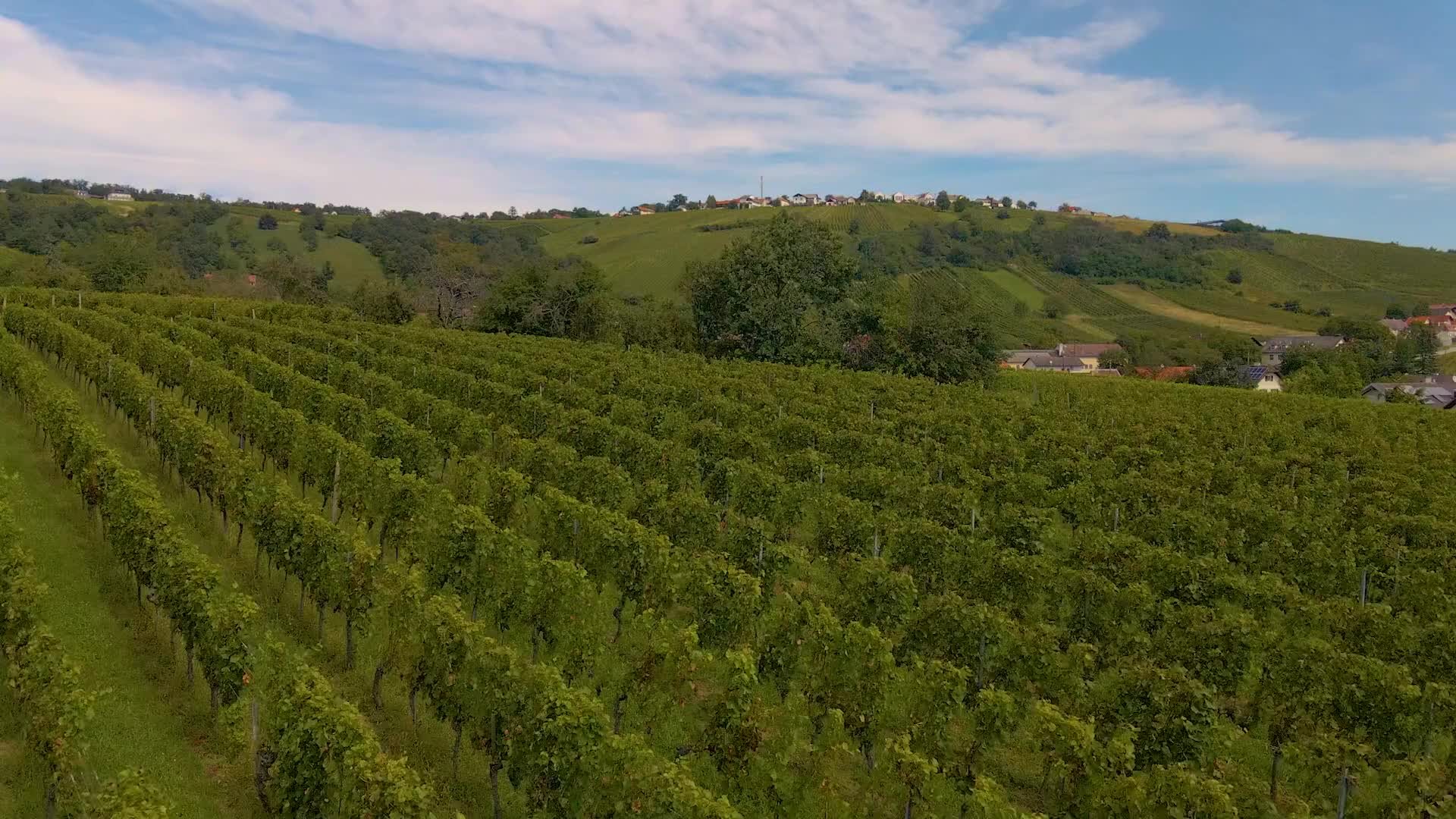
Sweet and savoury
The culinary influences of Burgenland are strongly characterised by its neighbouring country
Hungary, especially the mild and spicy paprika has remained in the cuisine, although it was only
introduced in Europe in the 19th century. For a long time the dishes were considered to be the food
of poor people, because they were containing a lot of grain. In the course of the years and through
various influences the cuisine has gained more and more individuality and successfully became
independent. Savoury dishes like cabbage soup, paprika chicken and Bohnensterz (bean mush)
should be on every menu as well as sweet dishes like Burgenländer Kipferl (walnut cookies) or
Somlau dumplings and not to forget of course the Esterhazy Cake, which is known and loved far
beyond the borders of Burgenland.
The special climate and the wind
Lake Neusiedl in the far east of Austria is after Lake Constance in the far west the second largest lake
of Austria and both have one thing in common, they share their size with the neighbouring countries.
The UNESCO World Heritage Lake Neusiedl is a national park and is home for a variety of flora and
fauna. Hiking and bike tours around the lake are popular all year long. Because of the flat
surrounding area and the size of the lake there is often a fresh breeze blowing, which is of benefit to
the sailors and (kite-) surfers. It is especially popular with families for swimming as the average depth
of the lake is only one metre. But also the various offers of excursion destinations are waiting to be
discovered: forts, castles, museums and other cultural highlights.
On land and on water
In addition to freshly caught fish from Lake Neusiedl – it provides home to around 30 species – also
the goose has a long tradition – as Saint Martin is the patron of Burgenland. Grain is cultivated in all
variations such as spelt, wheat, rye, barley, oats, maize and soya. Vegetables and fruit cultivation
play also an important role, in particular regarding tomatoes, Umurken (cucumbers), Grumbirn
(potatoes), bulbous plants and pomaceous fruit like cherries, apricots and plums. Of course also the
wine is of particular significance, especially red wines and dessert wines. Many of these seasonal and
regional products can be enjoyed at a traditional Buschenschank (wine tavern) – there you can get a
hearty snack with regional delicacies and the wine of Burgenland should not be missing.